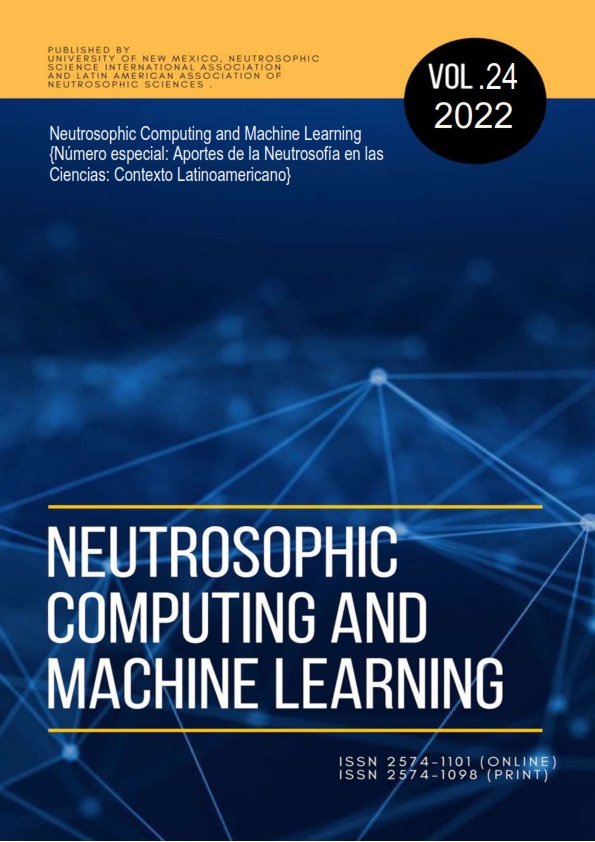Neutrosophic method to measure the impact of envi-ronmental contamination generated in nature and human beings by waste dumped in the Cristal River in Montalvo Canton
Main Article Content
Abstract
According to surveys and interviews previously carried out with the inhabitants of the Chinatown sector, about the pollution they generate in the Cristal River, and through a survey it has been possible to determine that these people do not have the slightest idea of the pollution generated by throwing large and different types of waste on the tributary located in the Montalvo canton. Based on the problem described above, this research aims to develop a neutrosophic method to measure the impact of environmental pollution that is generated in nature and humans by waste thrown into the crystal river of the Montalvo Canton. The research was carried out using a qualitative-quantitative, descriptive and cross-sectional approach. From the implementation of the method, a high impact of environmental contamination is identified, facilitating the authority of the Canton, requesting that they train these citizens mainly on the mentioned topic and other relevant and essential topics in this field, which citizens should know, to avoid continue to pollute this river.
Downloads
Article Details

This work is licensed under a Creative Commons Attribution 4.0 International License.

